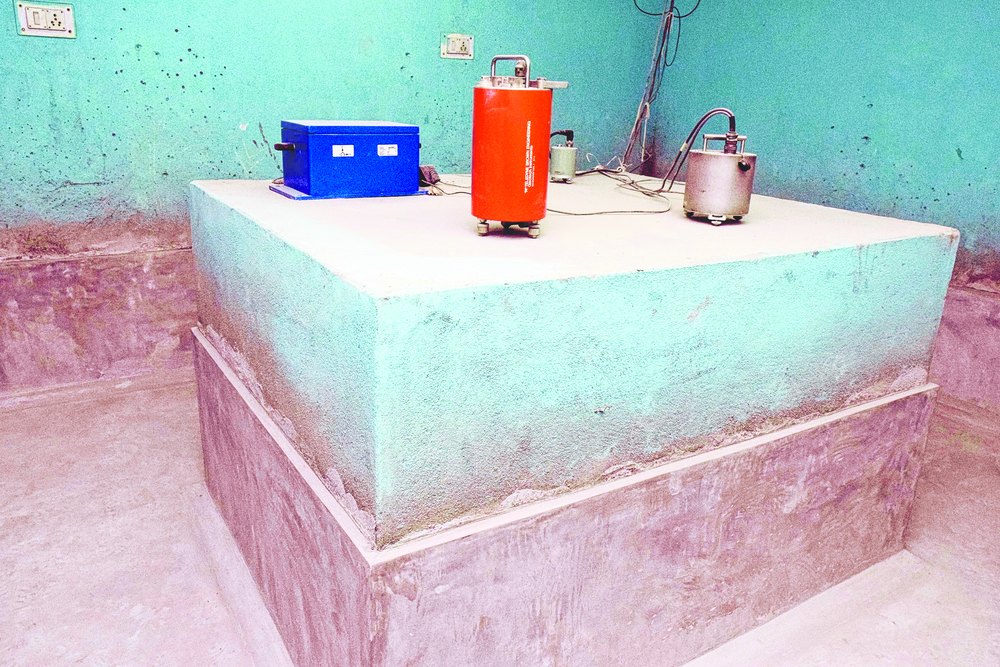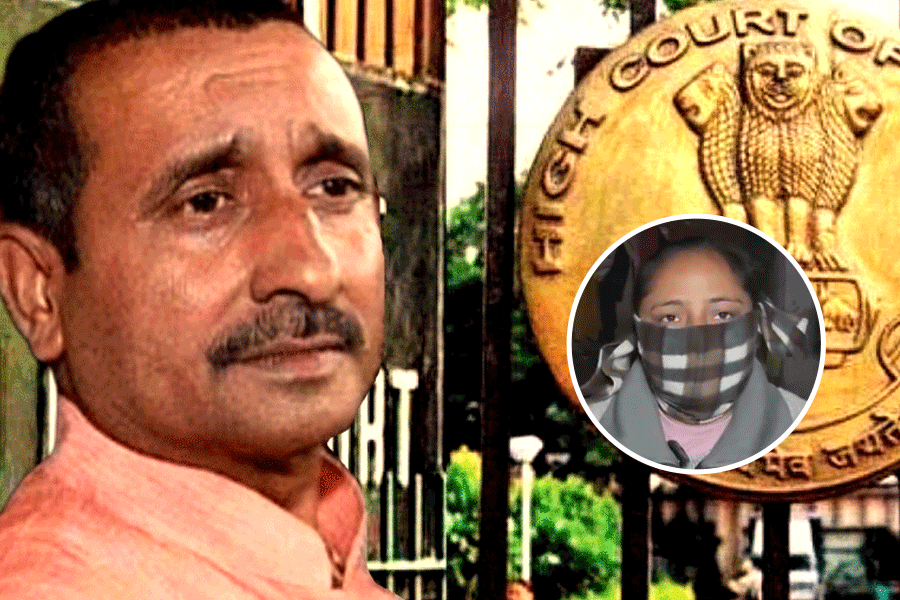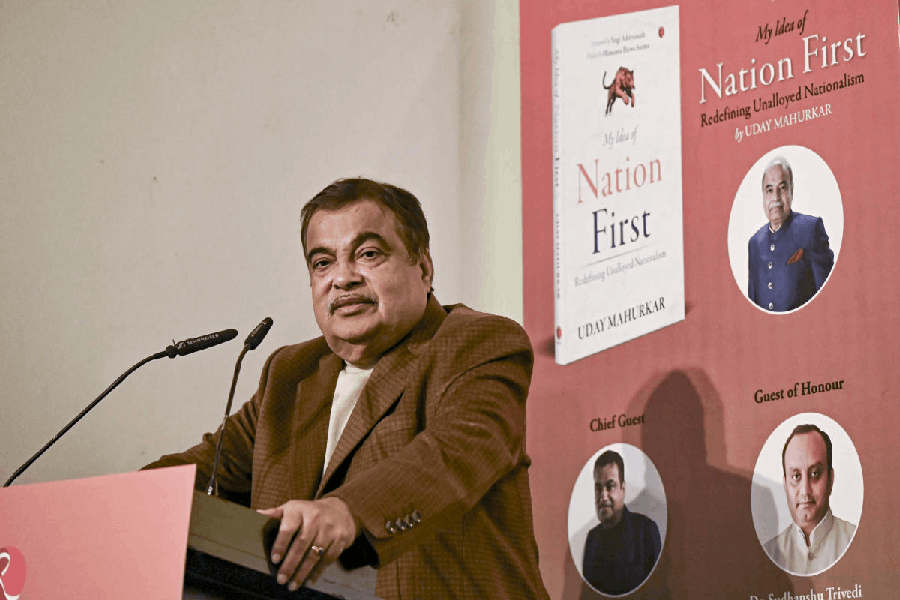

Bhubaneswar, April 27: The state needs two more seismic observatories to accurately locate the epicentre of an earthquake occurring in the region and for gathering relevant data. At present, Indian Meteorological Department (IMD) has one seismic observatory in the city.
"Last year in May, there was an earthquake with its epicentre near Paradip and magnitude of around six on the Richter. But, there was no concrete data on its origin as the only seismograph in Bhubaneswar could not do that," professor of geology at Ravenshaw University Nachiketa Das told The Telegraph.
"We need at least two more stations in the state to know the depth and distance of the epicentre of an earthquake locally," he said.
The earthquake that was felt in many parts of India, including New Delhi, had its epicentre within 300km of Paradip. The tremor had left 100 injured in the state.
Das said while one observatory should come up near Sambalpur, another could be located in south Odisha.
"The Hirakud Dam is vulnerable to an earthquake, south Odisha is important as the fault line passing through Odisha meets the Eastern Ghats there and the region has many hot streams," he said.
In 1967, Koyna reservoir in Maharashtra had suffered after an earthquake with a magnitude of 7 on the Richter scale struck the region.
"While detailed seismic studies are yet to be done on the Hirakud reservoir and the danger from any eventualities due to it downstream is massively clear, one seismic observatory should be immediately stationed near Sambalpur,'' he said. The seismic observatory in the city is equipped with one analog seismograph, which is operated manually, and two digital ones. One of the two digital seismograph is linked directly to Met department computers in New Delhi and the other one is controlled and operated by officials here.
Speaking to The Telegraph, Met director, Bhubaneswar, Sarat Chandra Sahoo agreed that two more seismic observatories were required for accurate reading and data generation of activities in the earth's belly. "We plan to construct seismic observatories near Jharsuguda and Rayagada," he said. Sources at the Met office said that the IMD officials had already approved funds for the two observatories and they were likely to be executed very shortly.
"We have an automated weather station (AWS) at Kolhar near Rayagada and another at Laxmanpur near Jharsuguda. The seismographs are likely to be stationed there so that accurate data can be produced through coordination among all the three observatories," said a senior IMD official.
Structural engineer Subhakanta Swain said: "Accurate seismological data generation is very important to formulate a long-term anti-seismic strategy as Odisha sits on a complex geo-physical earth crust. Apart from the mineral belts, criss-crossing rivers and the deltaic formations along the sea coast may cause changes in the fault lines causing quake in future.''
The geology professor also said: "Long back, the IMD had gifted an AWS to Ravenshaw students for meteorological data analysis. Now they can offer us a seismograph as the university is the oldest institution in Odisha for geological studies. Moreover, Cuttack is near the tip of the Mahanadi delta.''










